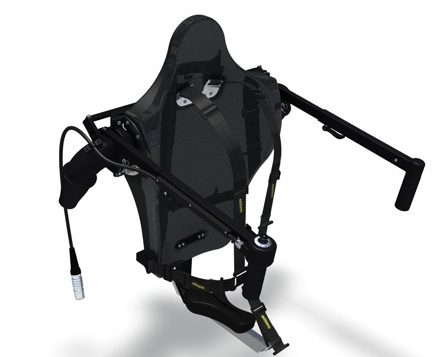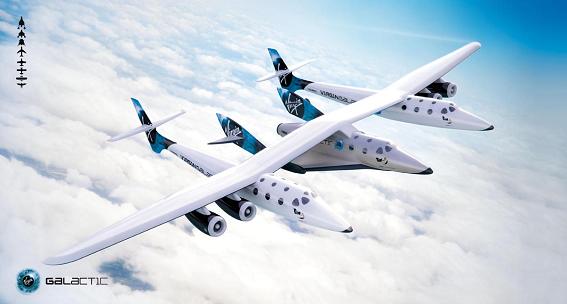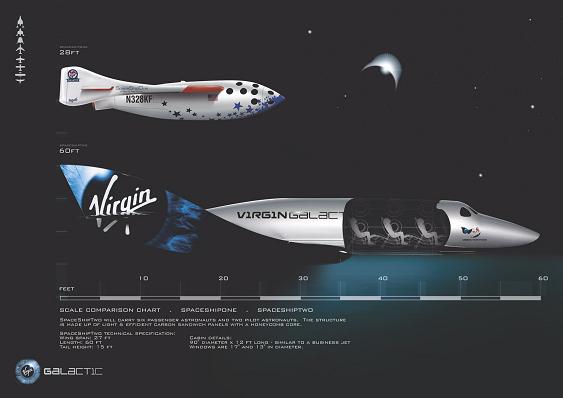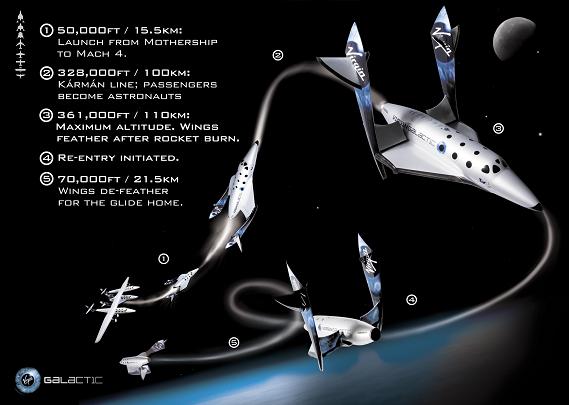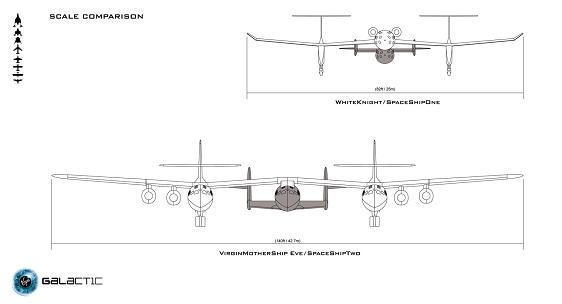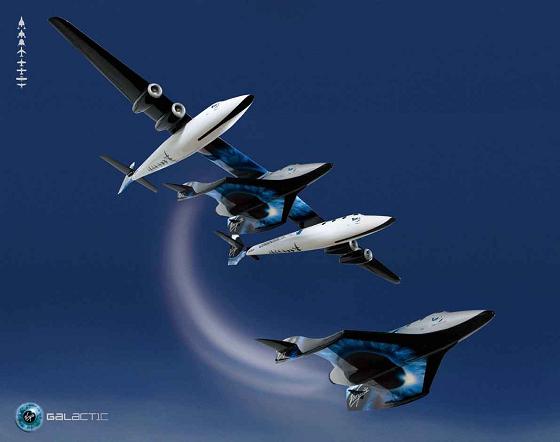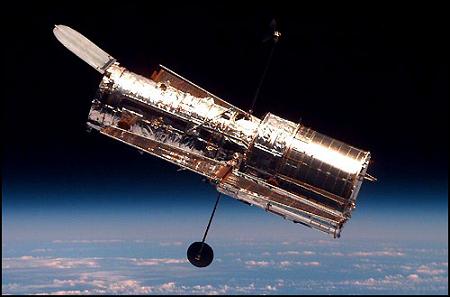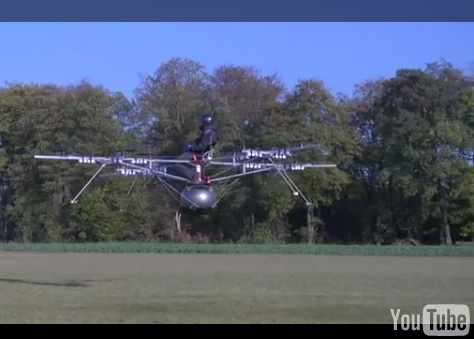
A lot of the readers may be familiar with the quadricopter, a remote control helicopter like device that has four blades arranged in a rough square that flies via remote control. If you have never seen one, trust me when I tell you that they are very cool and hobbyists of all kinds love them.
German aircraft company E-Volvo have taken the quadricopter a few steps further – four steps further, to be exact. The multicopter uses basically four quadricopters for a total of 16 spinning blades that generate enough lift to not only fly, but to take the pilot with them. The whole rig is controlled by a variety of sensors and computers, ad together they fine tune the rotational speed of the propellers to get the desired effect – level, solid flight. All that, and it even has remote control.
The self contained device recently had its first manned flight that lasted for a total of about 90 seconds, but it more than proved the concept. Now that the ice has been broken, I can see hobbyists making their own flying contraption to challenge the extreme low airspace everywhere. It definitely looks like fun, and I am more than a little tempted to tackle something like that myself. But first I do have to ask the question – is the big exercise ball really the best landing gear? From watching the video, it would seem to be an unqualified "yes". And that kind of practical engineering just makes me smile.
Rotorcraft
A rotorcraft or rotary wing aircraft is a heavier-than-air flying machine that uses lift generated by wings, called rotor blades, that revolve around a mast. Several rotor blades mounted to a single mast are referred to as a rotor. The International Civil Aviation Organization (ICAO) defines a rotorcraft as "supported in flight by the reactions of the air on one or more rotors". Rotorcraft generally include those aircraft where one or more rotors are required to provide lift throughout the entire flight, such as helicopters, autogyros, and gyrodynes. Compound rotorcraft may also include additional thrust engines or propellers and static lifting surfaces
source:wikipedia


